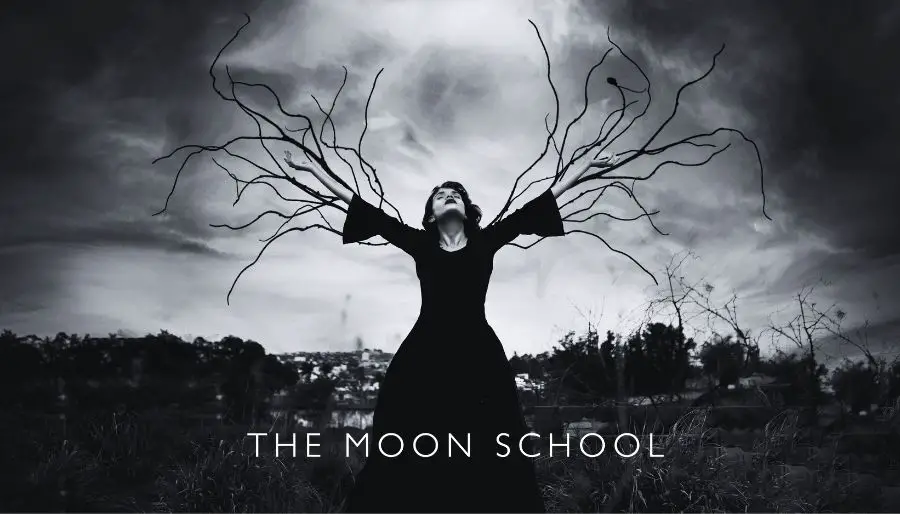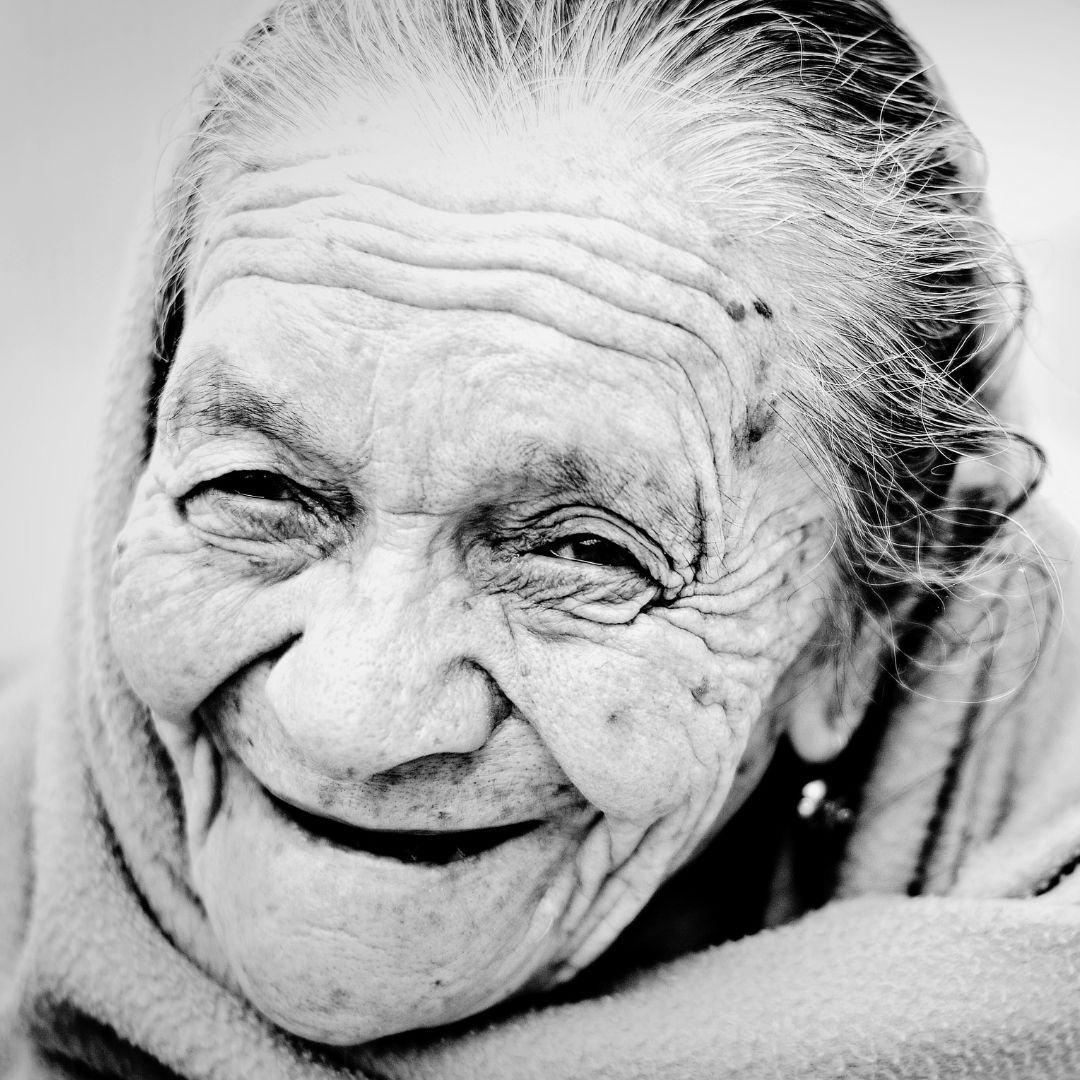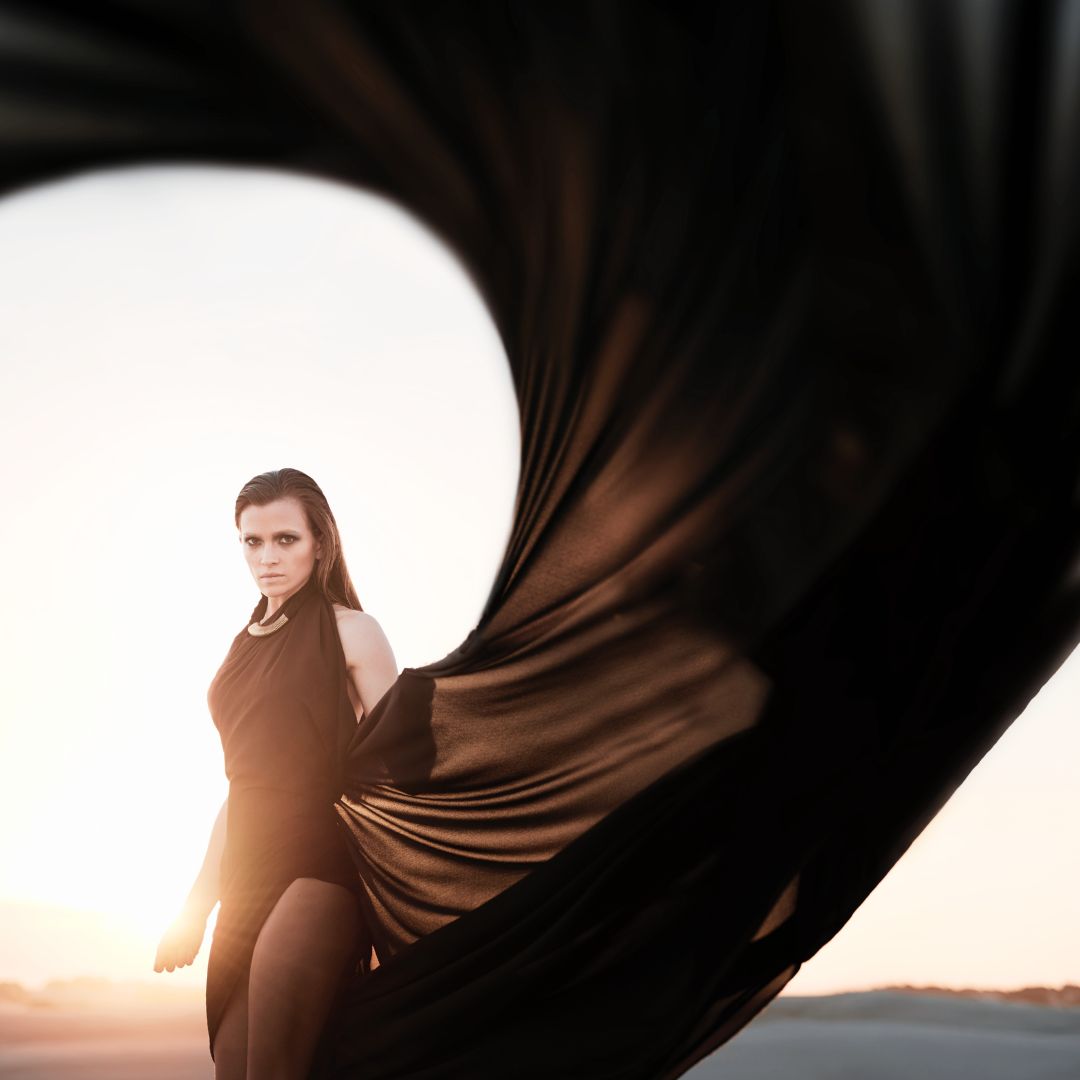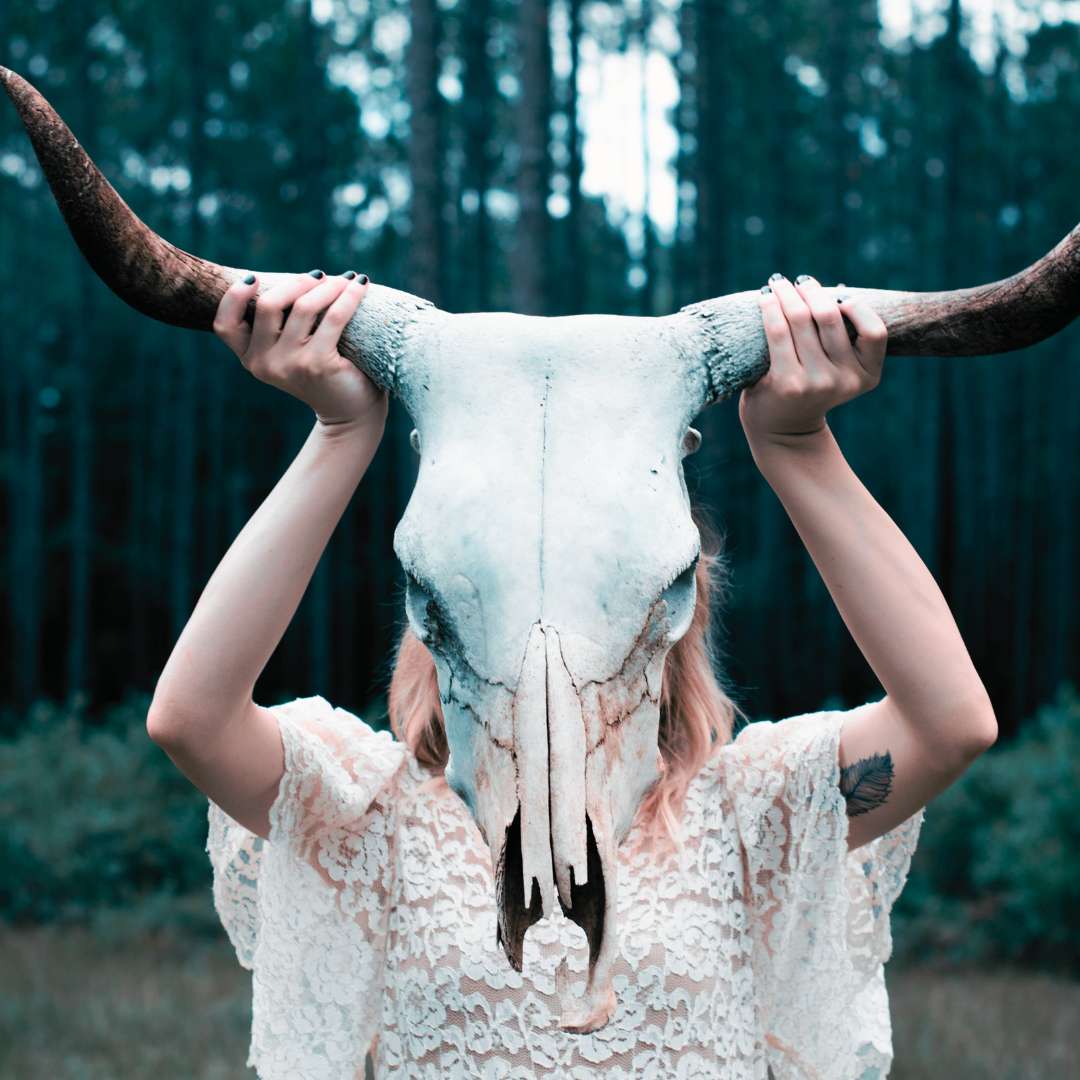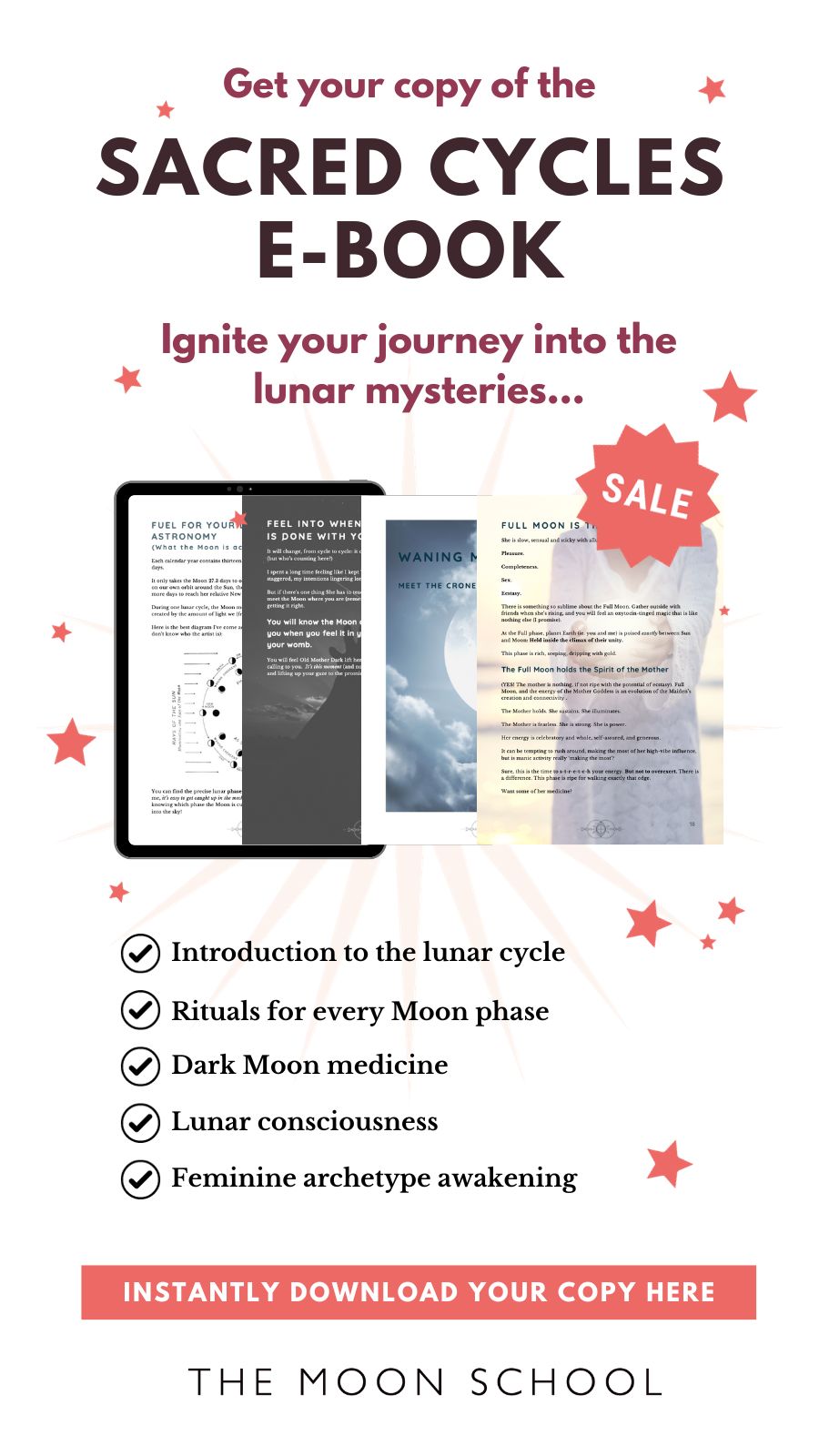The witch archetype is a common representation of a woman, usually old and living alone on the edge of the community, who practices dark magic. Witches are typically considered to be a dangerous, lurking threat.
Yet the witch is a complex and fascinating archetype that’s been present in human history for centuries. Whether good witch, green witch, high priestess, or dark sorceress, the witch is not everything she seems…
Present in myths, legends, and fairy tales throughout human history, the witch archetype appears across the globe in many cultures. Witches have always been considered to be powerful and often dangerous women.
In some cases, they were revered and respected, while in others, they were feared and persecuted. Yet witchcraft, spells, magical practice, and the kinds of earth-based traditions associated with the witch, are all rapidly increasing in popularity amongst modern women and me.
Exploring themes of power, femininity, and the relationship between humans and the natural world, she is as alive in today’s world as she ever was.
Whether you’re curious about the concept, or looking to become a witch yourself, the eternal essence of the witch archetype is present today in popular culture, from books and movies to fashion and art.
What is the witch archetype?
The Witch archetype is a powerful and sometimes perplexing archetype that’s been present in human culture for many hundreds of years. In Jungian depth psychology, the witch archetype is seen to be a manifestation from the collective unconscious, a primordial image inherited from our earliest human ancestors.
The witch archetype is most often expressed through women.
Traditionally, she is depicted as an older woman who lives alone somewhere out in nature. She is often surrounded by animals and practices magic, spellwork and herbalism.
Witches are typically considered to be dangerous. Their power can be threatening, yet the archetype of the witch isn’t inherently evil or malevolent.
Instead, it tends to represent a connection to the natural world, to the mysterious forces that govern our lives, and to the power of intuition and creativity.
In medieval times, witches were often seen as wise women with knowledge of the healing properties of plants and herbs. They were midwives and healers, medicine women and individuals with a connection to the unseen realms.
Of course, millions of these women were persecuted. So this potent symbol also now carries this huge collective trauma.
In our modern times, the witch has taken on a new meaning.
Today, she’s often associated with feminism, the rejection of traditional gender roles, and the celebration of the most raw power of women. This powerful female archetype can also be associated with rebellion, a rejection of authority, and a desire to challeng
Witch archetype qualities, traits, and characteristics
As one of the oldest and most intriguing female archetypes, the witch is present in virtually every culture throughout history. Although appearing in many different guises, witch archetypes share common characteristics and traits. Here is a selection:
Connection to nature: Witches are often depicted as having a deep connection to the great mother of the natural world, using herbs, plants, and other natural elements in their spells and rituals.
Power and knowledge: Witches are often portrayed as having a great deal of power and knowledge, both of which they use to achieve their goals.
Independence: Often seen as independent and self-sufficient, the witch symbolizes autonomy, and the ability women have to rely only on themselves to get what they want. Yet in her coven, the witch can also embody community.
Mysticism: As those who practice witchcraft, these women are almost always associated with mysticism and the occult, using their knowledge of magic to achieve their goals.
Wisdom: Most witches are regarded as wise and knowledgeable, possessing a deep understanding of the world around them.
Creativity: Women who embody their inner witch are creative and resourceful! They use their powers and knowledge to come up with unique solutions to problems.
Resilience: Witches are resilient and able to withstand adversity, using their strength and determination to overcome obstacles.
Unconventional: Like the bohemian and wild woman archetypes, witches are often seen as unconventional, living outside of societal norms. They choose to live their lives in their own unique way.
Feminine power: Witches have huge reserves of deep, dark feminine power. They use their strength and intuition to achieve their goals.
Transformation: Witches are often associated with transformation, using their powers to change themselves or the world around them.
Want to Increase your Dark Feminine Energy?
Read this post next – 13 Best Ways to Tap into Your Dark Feminine Side
Witch archetype negative traits and shadow side
A discussion of the shadow traits of the witch archetype is difficult because it implicates many of the deepest feminine wounds.
The witch archetype carries so much feminine power. Yet the ‘negative energy’ and traits such as manipulation, revenge, and isolation from others are often rooted in historical trauma, religion, societal expectations, and unhealthy stereotypes of women.
The witch archetype is inseparable from the persecution of women throughout history, particularly during the witch hunts of the Middle Ages. This history of violence and oppression against women can make it difficult to discuss the shadow traits of the witch archetype without acknowledging the systemic and institutionalized misogyny that has existed for centuries.
Yet here is a list of traits that may be considered shadows of the archetype of the witch:
Manipulation: The witch archetype can be associated with manipulation, using their powers to control others for their own gain.
Intimidation: Often seen as intimidating, witches can use their power and knowledge to intimidate others into doing what they want.
Revenge: The witch archetype can embody qualities of revenge if she uses her powers to seek revenge on those who have wronged her
Isolation: This aspect of the feminine can be isolated, especially if a woman chooses to live apart from society and not engage with others.
Selfishness: This archetype can be associated with selfishness when the witch uses her powers for her own benefit without regard for others.
Darkness and negativity: The witch archetype can be drawn into negativity when she uses her powers for dark purposes or engages in dark rituals.
Deception: The witch can be deceptive. Someone embodying this feminine energy type may end up using their powers to deceive others for their own benefit.
Arrogance: Witches may become arrogant, believing that their powers and knowledge make them superior to others.
Lack of empathy: The person embodying this archetype can exhibit a lack of empathy, not caring about the feelings or well-being of others.
Destruction: Like many dark feminine archetypes, the witch is often associated with destruction, using their powers to cause harm or destruction to others or the environment.
Examples of the witch archetype in mythology, literature, pop culture, and film
The witch archetype has been a prominent figure in mythology, literature, and art for centuries. She also appears in film and popular culture, often with a black cat, crystal ball, or other cartoon cliche. Yet more recently the true nature of the witch is experiencing a renaissance. Here are a few examples of how the archetype of the witch has been portrayed:
Circe: In Greek mythology, Circe was a sorceress who lived on the island of Aeaea, where she used her magic to turn men into animals.
Baba Yaga: The old crone from Slavic folklore, Baba Yaga is a witch who lives in a house that stands on chicken legs and is known to help souls move from this world to the next.
The Wicked Witch of the West from The Wizard of Oz: The Wicked Witch of the West is a classic example of the “pointy hats” kind of witch occuring in popular culture. She uses her powers to try and stop Dorothy from returning home.
Morgan le Fay: The powerful sorceress from Arthurian legend, Morgan le Fay is often portrayed as a villain, using her magic to try and defeat King Arthur.
Maleficent from Sleeping Beauty: Maleficent is a powerful fairy, often characterized as a villain, using her magic to curse Princess Aurora.
The White Witch from The Chronicles of Narnia: The White Witch is a powerful sorceress who rules over the land of Narnia with an iron fist, using her magic to keep the land in a perpetual winter.
Hermione Granger from the Harry Potter series: A powerful and intelligent witch, Hermione Granger uses her magical abilities to help Harry and his friends defeat Voldemort.
The Sanderson Sisters from Hocus Pocus: The Sanderson Sisters are a trio of witches who are resurrected on Halloween and use their magic to try and stay alive.
The Witches: Roald Dahl’s book “The Witches” is a classic example of the witch archetype in literature. The witches in this story are portrayed as evil, child-hating creatures who seek to rid the world of children.
Sabrina Spellman from Sabrina the Teenage Witch: Sabrina Spellman is a teenage witch who uses her magic to navigate the challenges of high school and her magical heritage.
Overall, the Witch archetype is a complex and multifaceted figure that has been portrayed in many different ways throughout literature and film. Whether good or evil, wise or malevolent, archetypes of the witch continue to captivate and fascinate audiences around the world.
You may also like…
Who is the witch in the modern, western world?
In modern times, the witch archetype has evolved to take on a variety of new iterations and meanings. Depending on the political, social, and cultural context, the witch can be viewed as either a marginalized figure or a powerful rebel.
In the political context, the archetype of the witch is often associated with rebellion and resistance against oppressive structures. For many, the witch has come to be seen as a symbol of empowerment and a challenge to the status quo. In this context, the witch is a subversive figure who challenges the dominant power structures.
In the social context, the witch can be seen as a marginalized figure who is ostracized by society. Associated with alternative forms of spirituality, healing, and perception, she is viewed by some as a threat to the dominant religious institutions.
Because of this, the witch archetype is still portrayed as an outcast, forced to live on the fringes of society. Though this image is rapidly becoming outdated, as more and more women explore their more magical and mystical sides.
In the scientific context, the witch has been reinterpreted as a figure with knowledge of the power of plants and nature. Often associated with herbalism, healing, and other forms of natural medicine, the witch has a deep understanding of the natural world. She is recognised as someone who can harness its power for healing and transformation.
Despite the many different contexts in which the witch appears, one thing remains constant: the witch is always a powerful figure who challenges the dominant power structures of society.
Whether she is viewed as a marginalized outcast or a powerful rebel, the witch continues to capture our imagination and inspire us to challenge the status quo.
How to be a witch (in 5 steps)
- Develop your psychic abilities
- Learn herbalism and potion-making
- Understand lunar and seasonal rituals
- Create and dedicate your magical tools
- Tap into nature’s energy for spells and magic
Modern witchcraft looks very different from the stereotypes still portrayed in movies and books. Embodying the witch archetypes, and actually becoming a witch is a profound spiritual path and a personal journey.
Practicing witchcraft is about developing a personal relationship with nature and the divine through magic, rituals, herbalism, and more.
It’s a way of embracing your innate power and using it to create positive change in your life, and the world.
And of course, it will take a lot more than just 5 steps!
Remember – there is no right or wrong way to practice. Listen to your intuition and do what calls you the most.
1. Develop your psychic abilities
As a human being, you have an innate ability to tap into energies beyond your normal senses.
For all witches, honing your psychic gifts is an absolutely vital part of the craft. It allows you to more deeply connect with Spirit, read energy, and gain insights that can guide your practice. Developing your abilities takes regular meditation and exercises to clear your mind of distractions.
2. Learn herbalism and potion-making
Using herbs and other natural materials to create potions is an essential part of many traditions. It’s commonly believed that certain plants hold energetic properties that can be harnessed for spells and workings are cast. Through herbalism, witches are able to tap into the innate wisdom and magick of the earth and wield it for positive change.
A great starting place is to research the most traditional witchcraft herbs like rosemary, sage, lavender, chamomile, and mint. Learn their magical associations – like rosemary for protection or sage for cleansing. Carry an herbal field guide with you as you forage so you can properly identify plants. Only harvest what you need, saying a word of thanks for the gift.
3. Understand lunar and seasonal rituals
Rituals for marking the cycles of nature and focusing intent are an integral part of witchcraft.
Two prominent cycles that witches key into are the Moon phases and the changing seasons. Incorporating lunar and seasonal rituals into your practice is an enriching way to stay connected to the natural flow of magickal energy throughout the year.
Representing the divine feminine principle, the Moon governs our emotion, intuition, and psychic ability. Connecting to our lunar satellite through ritual also connects you to the Goddess.
Many witches perform rituals on the new, full, and dark moons to set intentions and release what is no longer serving them. Each moon phase is associated with different magickal purposes, and this is for you to explore.
Also take note of the sabbats, or witch’s high holidays, that fall at the solstices and equinoxes. These quarter days are infused with a potent energy that you can channel for specific workings.
Tailor your rituals as you see fit – there is no wrong way to observe the natural turning of the wheel. Focus on crafting experiences that feel meaningful to nurture your spirituality throughout the year.
4. Create and dedicate your magical tools
Just as an artist has brushes and a carpenter has saws, witches utilize various tools to focus and direct magical energy. Creating your own besom, athame, wand, or other implements is a special way to infuse them with your unique energy signature.
A besom broom is one of the most iconic witch tools and makes for an excellent first project. Gather broomcorn or branches and bind them securely to a wooden staff. As you craft it, envision it as your tool for sweeping away negativity and cleansing spaces.
Handcrafting a wand from wood you’ve collected on a spiritually significant walk allows you to literally channel nature’s wisdom. Consider the properties of different woods like willow for healing or rowan for protection. Decorating it with feathers, stones or carvings lends further significance.
Once complete, hold a dedication ritual to bless and empower your new tool for positive magical work. Under the light of the full moon is ideal. Anoint it with herbs, ring a bell or rattle, or chant to formally welcome its service.
Taking time to personally create your tools instills them with your energy and devotion. This helps them serve as highly effective magical conduits
5. Tap into nature’s energy for spells and magic
At the core of witchcraft is the ability to tap into natural energies that permeate all living things and use them to enact change. Through spells, visualizations, and rituals, witches are able to raise, move, and transmute subtle energies to manifest desired outcomes.
By tapping into nature’s bountiful and free energy sources, your magic has infinite potential to create positive change when grounded, focused, and performed with care, mindfulness, and gratitude.
Over time, you will learn to sense and skillfully direct these flows of energy to manifest your will.

